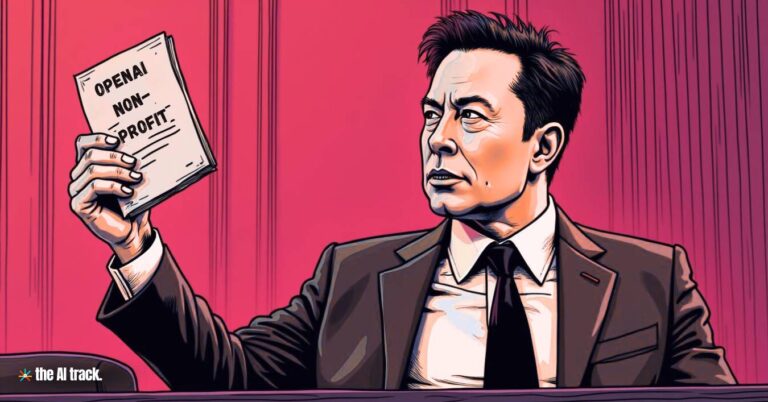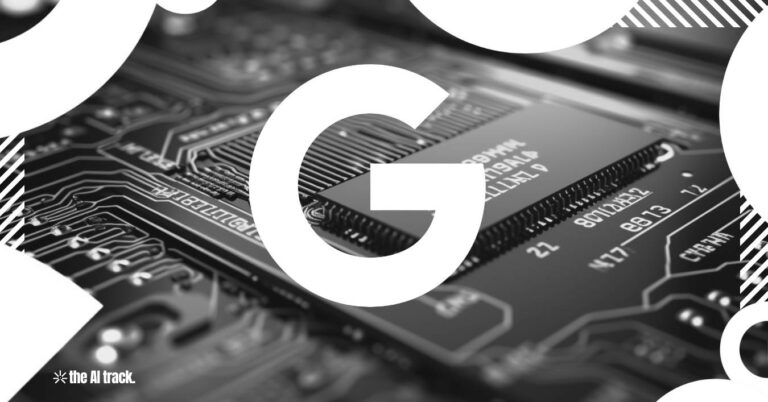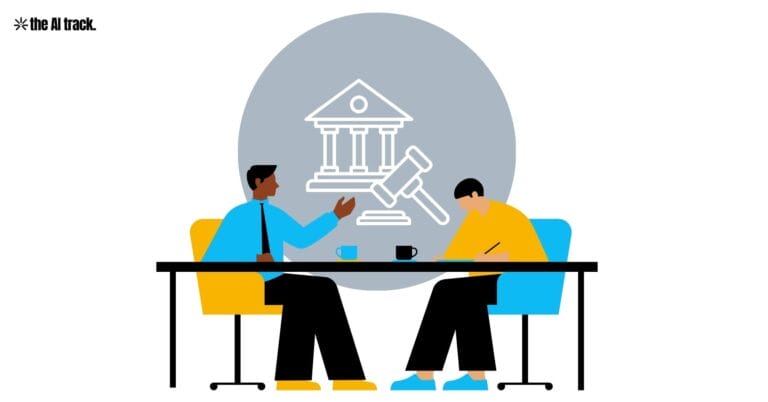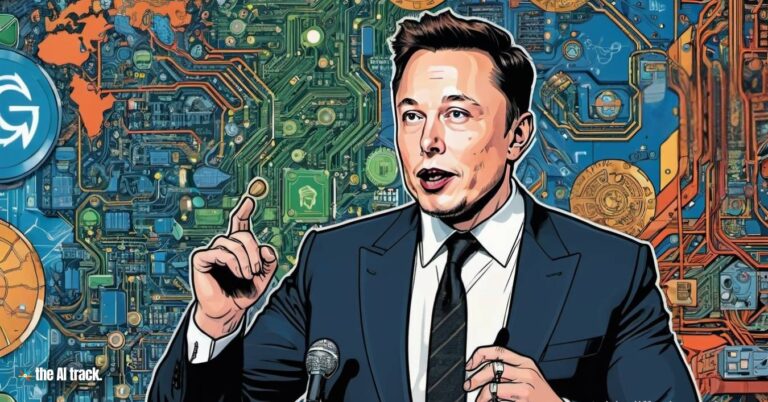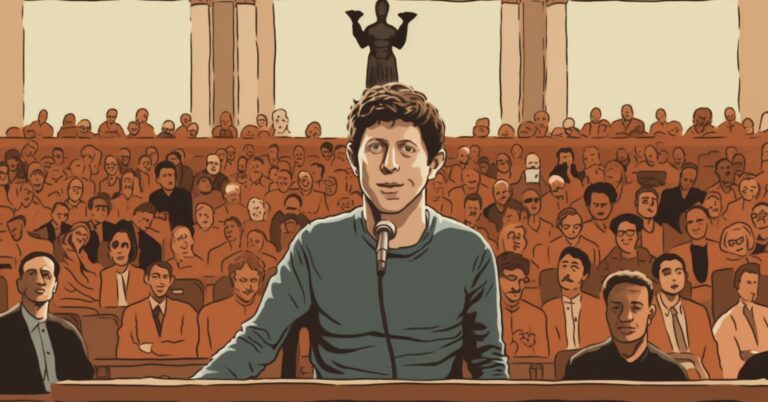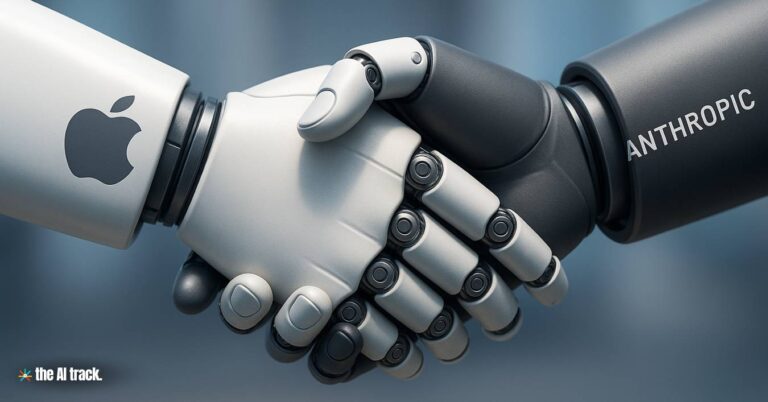OpenAI abandons for-profit shift and doubles down on nonprofit oversight, choosing to transition its commercial entity into a Public Benefit Corporation (PBC). This strategic reversal reinforces OpenAI’s original mission to develop AGI that serves all of humanity, while still enabling the organization to attract massive capital investment.
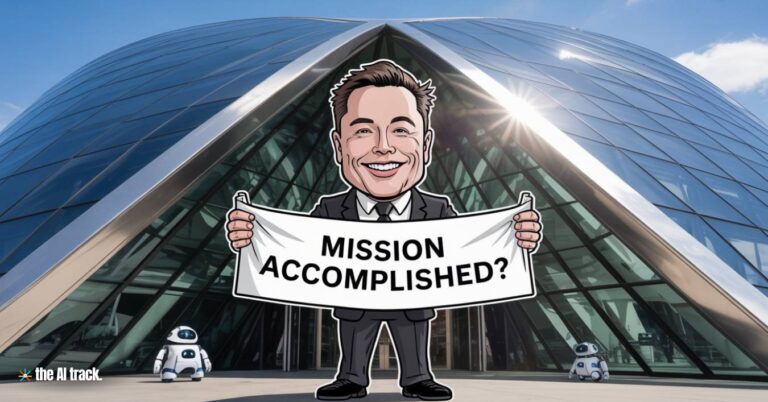
OpenAI Abandons For-Profit Shift – Key Points
- Nonprofit Control Maintained: OpenAI abandons for-profit shift by keeping its nonprofit parent in charge of operations, reversing earlier plans to cede full control to a corporate board. This move restricts CEO Sam Altman’s unilateral power and aligns governance with OpenAI’s founding values.
- Transition to Public Benefit Corporation: In its new structure, OpenAI’s for-profit subsidiary becomes a PBC, a business model that allows profit-making while legally considering public benefit. Despite the change in structure, OpenAI abandons for-profit shift ambitions that would have put mission in conflict with investor interests.
- Stakeholder Pressure: The reversal comes after intense public backlash. Civic leaders, Nobel laureates, former employees, and legal critics, including co-founder Elon Musk, challenged the original restructuring.
- Legal and Regulatory Scrutiny: The Attorneys General of California and Delaware played pivotal roles in the outcome, holding extensive talks with OpenAI, influencing the decision to retain nonprofit oversight, to avoid regulatory risks and reputational fallout.
- Financial Implications: OpenAI aims to raise up to $40 billion through a SoftBank-led round at a $300 billion valuation. The company asserts that investors remain committed, even after OpenAI abandons for-profit shift plans, thanks to assurances of a more stable, yet scalable, structure.
- Future Considerations: While converting to a PBC opens the door to capital markets, the nonprofit’s continued control may limit certain financial maneuvers, including IPOs or major equity restructuring.
- Investor Relations: Sam Altman framed the revised structure as a workable compromise. He emphasized that there are no changes to existing investor relationships and that the company would proceed with plans to remove caps on investor profits. By removing the 100x capped-profit limit and maintaining nonprofit control, OpenAI retains investor interest.
- Ongoing Legal Challenges: Elon Musk’s lawsuit continues. He claims the changes are cosmetic and that OpenAI’s true ownership dynamics still favor private interests over the public good. A jury trial is set for March 2026.
Why This Matters:
OpenAI abandons for-profit shift at a critical moment in AI governance. The move signals a model where tech giants can prioritize public accountability without entirely forgoing capital access. It sets a precedent for balancing ethics, innovation, and financial sustainability in the AI arms race.
Elon Musk vs OpenAI in legal battle to prevent OpenAI’s transition to a for-profit entity, alleging anticompetitive practices and deviation from its founding principles.
OpenAI countersues Elon Musk, alleging efforts to undermine the company through legal actions and a rejected $97.4B takeover bid.
Read a comprehensive monthly roundup of the latest AI news!

